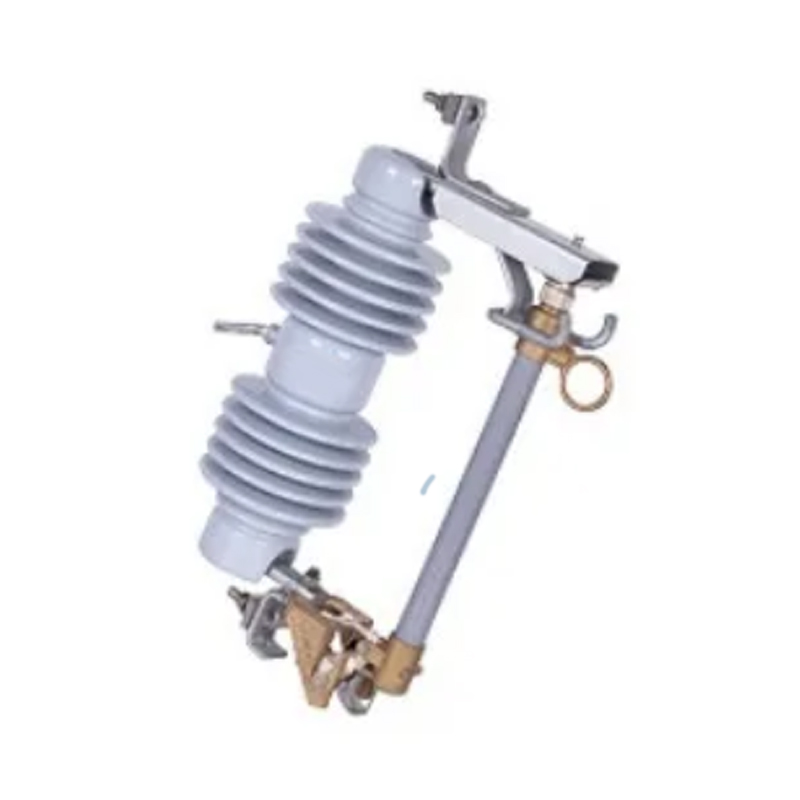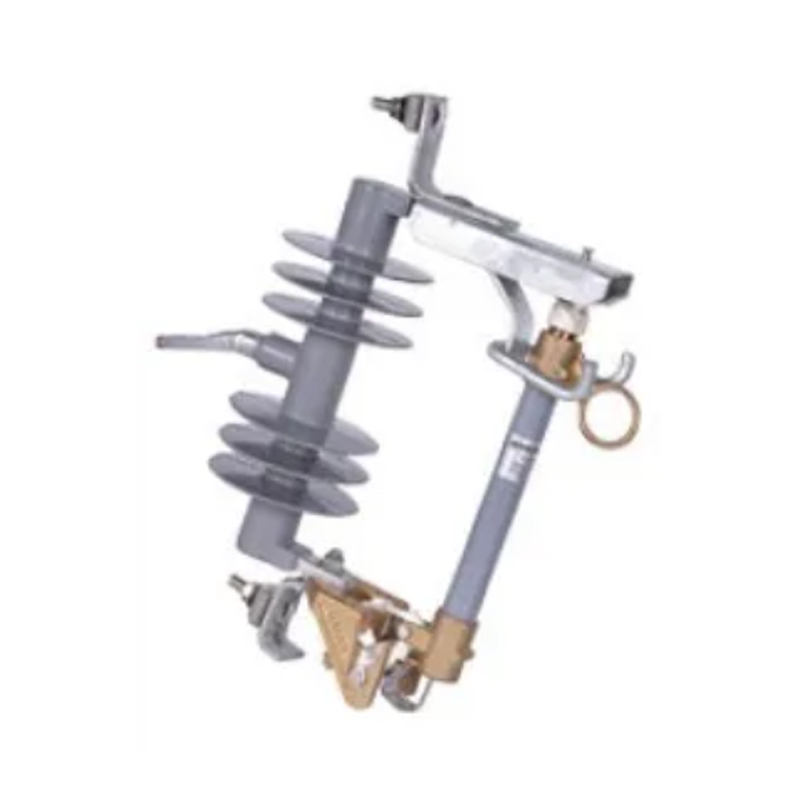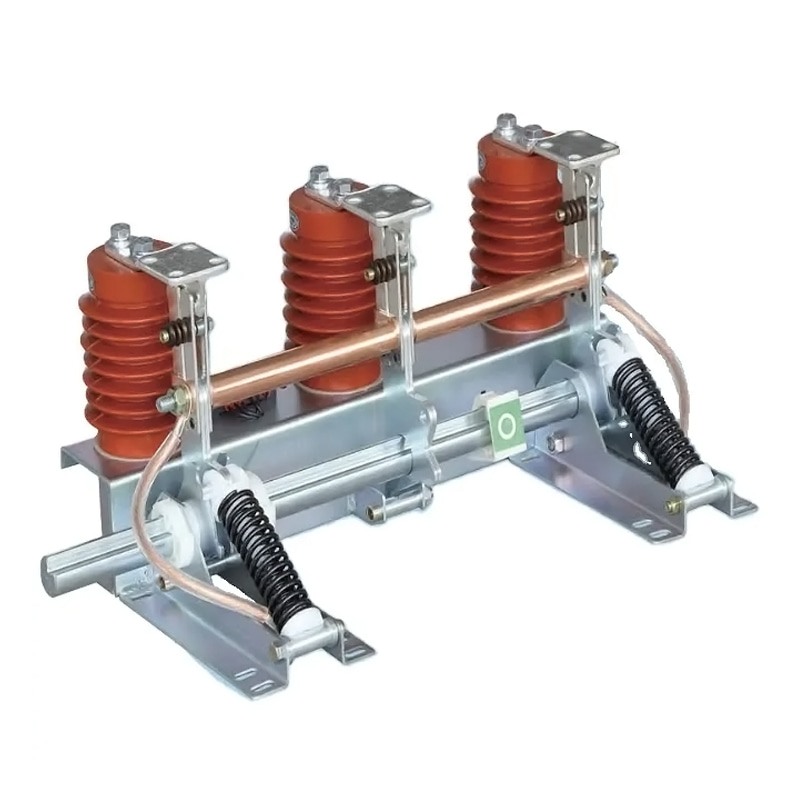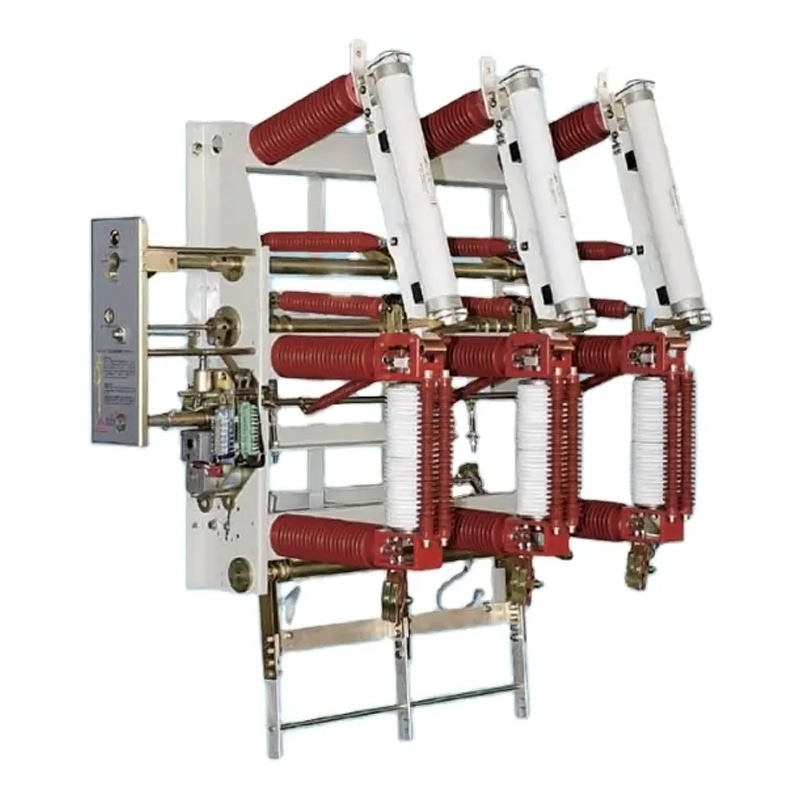High-voltage distribution cabinets are integral components of modern power systems, serving critical functions that ensure the smooth and efficient operation of electrical networks. Their role extends beyond simple power distribution, encompassing control, protection, energy efficiency, and system reliability.
The primary function of a high-voltage distribution cabinet is to control and distribute electrical power. These cabinets take high-voltage electricity from the main power supply and convert it into lower voltage levels suitable for various applications. This conversion is essential for ensuring that different types of equipment receive the appropriate voltage, thereby protecting them from damage and enhancing their operational efficiency.
High-voltage distribution cabinets are equipped with devices that regulate the flow of electricity to different parts of the power system. By controlling the distribution of power, these cabinets help maintain the stability of the electrical network, prevent power surges, and ensure a balanced load distribution. This control capability is crucial for the safe and efficient operation of power systems, particularly in environments where electrical demand can fluctuate significantly.
Another vital role of high-voltage distribution cabinets is the protection of electrical equipment. These cabinets are designed to monitor critical parameters such as power load, voltage, current, and frequency. By continuously tracking these parameters, high-voltage distribution cabinets can detect anomalies such as power fluctuations and overloads.
The protective devices within the cabinet, such as circuit breakers and fuses, can quickly act to isolate the affected section of the power system. This immediate response helps to prevent damage to sensitive electrical equipment and reduces the risk of prolonged outages.
High-voltage distribution cabinets also contribute to energy efficiency. In many power systems, energy waste is a significant concern, often resulting from inefficient load management and power distribution. High-voltage distribution cabinets can optimize energy use by effectively managing power loads and adjusting power parameters to match demand.
By reducing energy waste, these cabinets help companies lower their energy costs and improve the overall efficiency of their power systems. Energy optimization not only supports cost savings but also aligns with broader sustainability goals, making high-voltage distribution cabinets a valuable asset in the transition to more energy-efficient and environmentally friendly power systems.
Reliability is a key consideration in the design and operation of power systems, and high-voltage distribution cabinets play a crucial role in enhancing this reliability. High-quality distribution cabinets are built to withstand harsh operating conditions and provide consistent performance over time. This durability helps to small the risk of system failures and ensures continuous power supply, which is particularly important in industrial and commercial settings where downtime can lead to significant financial losses.
By improving the reliability and stability of the power system, high-voltage distribution cabinets help companies maintain the continuity of their operations. This continuity is vital for sustaining production processes, ensuring personnel safety, and meeting customer and client demands.
High-voltage distribution cabinets are designed with safety in mind, adhering to stringent industry standards and regulations. These cabinets incorporate various safety features, such as grounding and insulation, to protect both the equipment and the personnel who operate and maintain them.
Modern high-voltage distribution cabinets are designed to be scalable and flexible, accommodating the evolving needs of power systems. As businesses grow and their power requirements change, these cabinets can be easily upgraded or expanded to handle additional loads or integrate new technologies. This scalability ensures that the power system can adapt to future demands without the need for extensive reconfiguration or replacement.



 English
English русский
русский عربى
عربى










